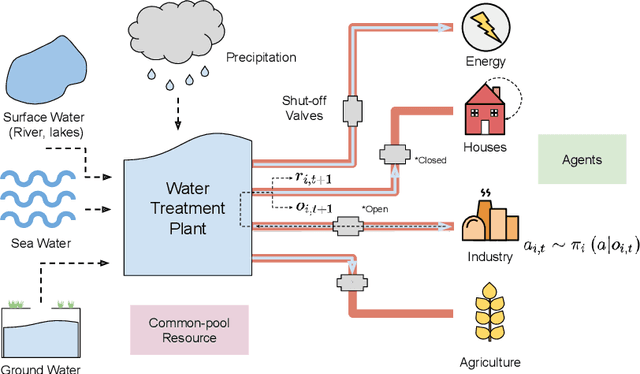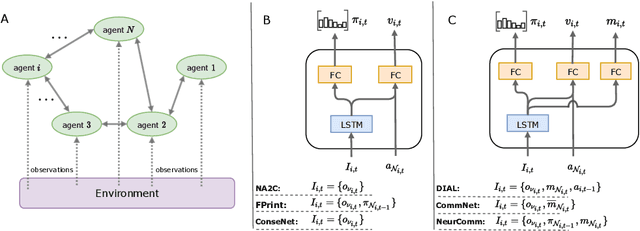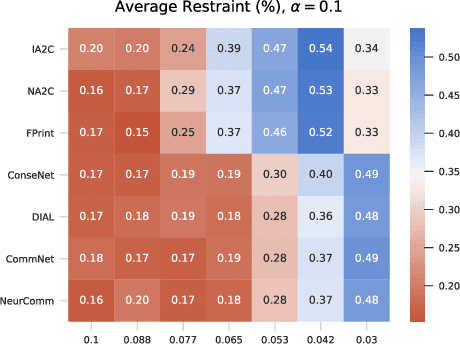Shahil Mawjee
A game-theoretic analysis of networked system control for common-pool resource management using multi-agent reinforcement learning
Oct 15, 2020



Abstract:Multi-agent reinforcement learning has recently shown great promise as an approach to networked system control. Arguably, one of the most difficult and important tasks for which large scale networked system control is applicable is common-pool resource management. Crucial common-pool resources include arable land, fresh water, wetlands, wildlife, fish stock, forests and the atmosphere, of which proper management is related to some of society's greatest challenges such as food security, inequality and climate change. Here we take inspiration from a recent research program investigating the game-theoretic incentives of humans in social dilemma situations such as the well-known tragedy of the commons. However, instead of focusing on biologically evolved human-like agents, our concern is rather to better understand the learning and operating behaviour of engineered networked systems comprising general-purpose reinforcement learning agents, subject only to nonbiological constraints such as memory, computation and communication bandwidth. Harnessing tools from empirical game-theoretic analysis, we analyse the differences in resulting solution concepts that stem from employing different information structures in the design of networked multi-agent systems. These information structures pertain to the type of information shared between agents as well as the employed communication protocol and network topology. Our analysis contributes new insights into the consequences associated with certain design choices and provides an additional dimension of comparison between systems beyond efficiency, robustness, scalability and mean control performance.
Learning Options from Demonstration using Skill Segmentation
Jan 19, 2020



Abstract:We present a method for learning options from segmented demonstration trajectories. The trajectories are first segmented into skills using nonparametric Bayesian clustering and a reward function for each segment is then learned using inverse reinforcement learning. From this, a set of inferred trajectories for the demonstration are generated. Option initiation sets and termination conditions are learned from these trajectories using the one-class support vector machine clustering algorithm. We demonstrate our method in the four rooms domain, where an agent is able to autonomously discover usable options from human demonstration. Our results show that these inferred options can then be used to improve learning and planning.
 Add to Chrome
Add to Chrome Add to Firefox
Add to Firefox Add to Edge
Add to Edge